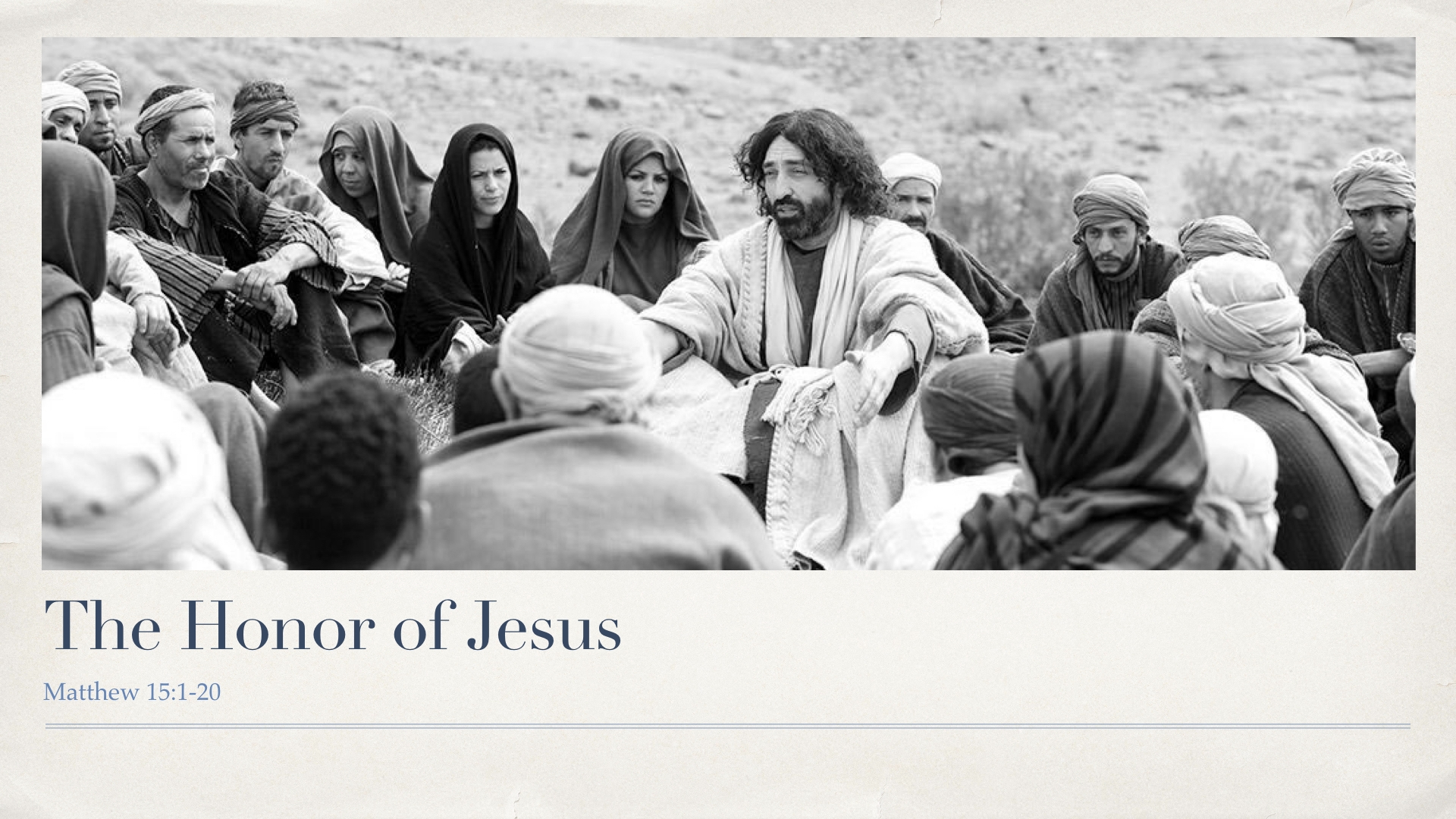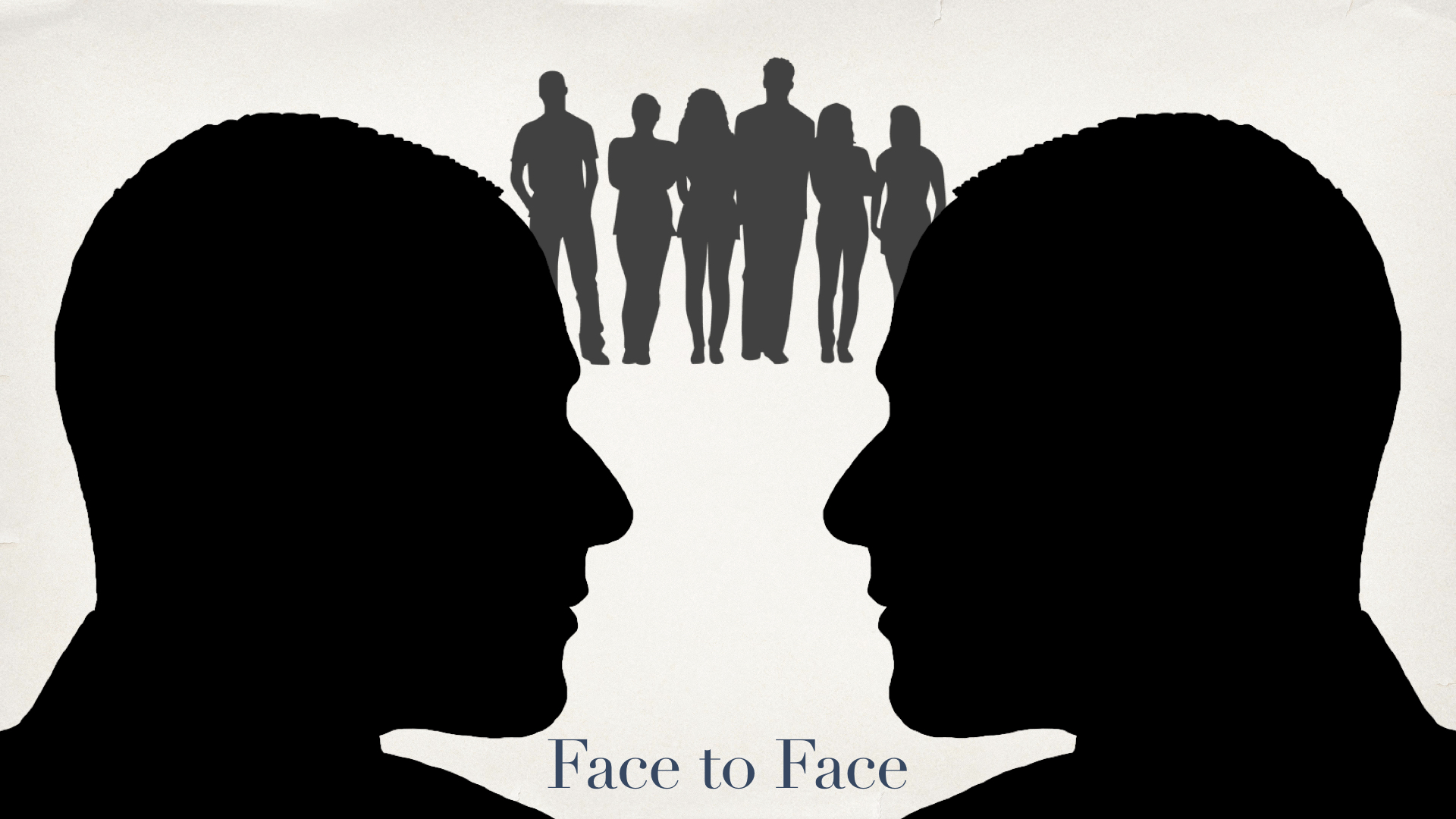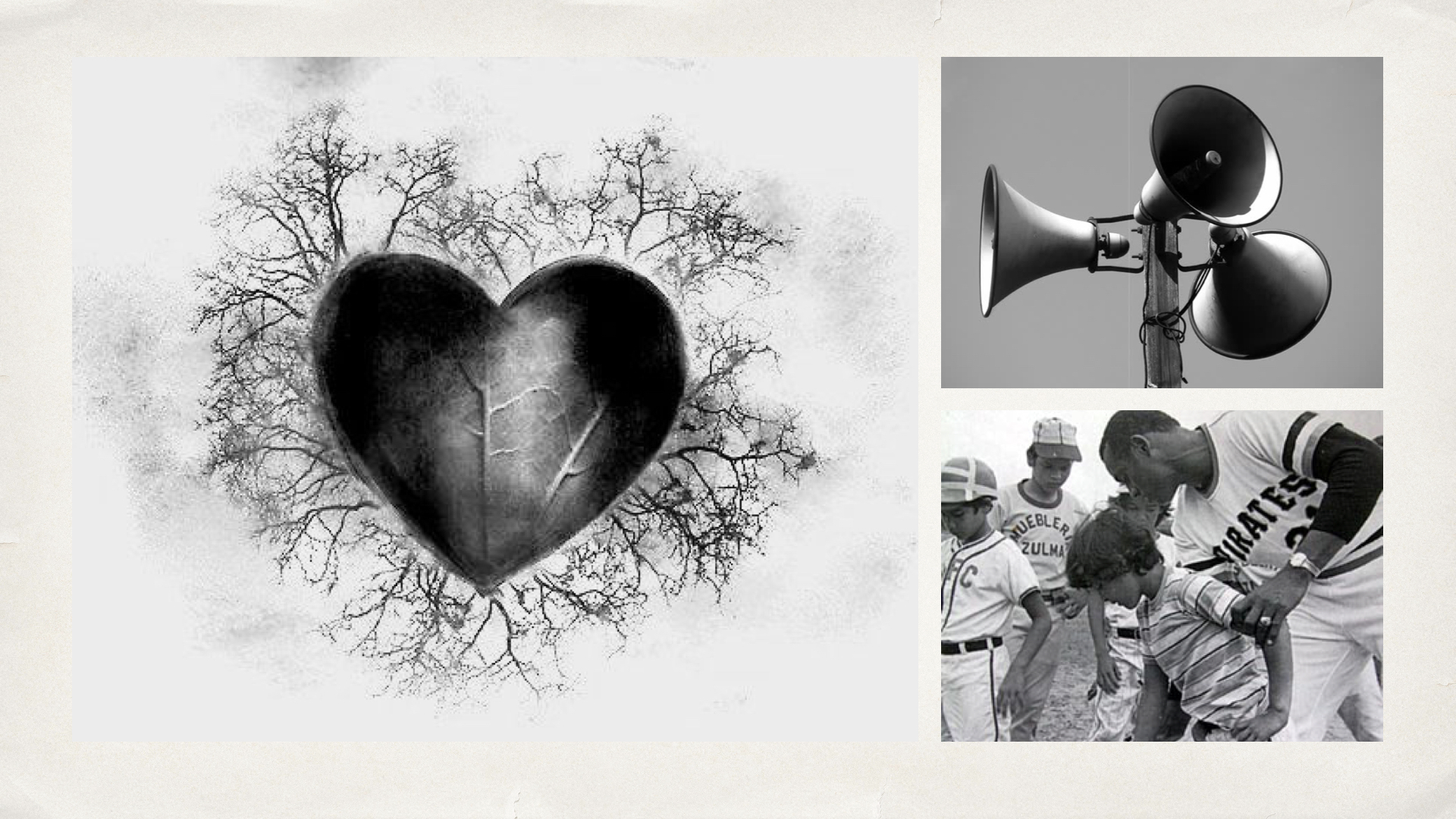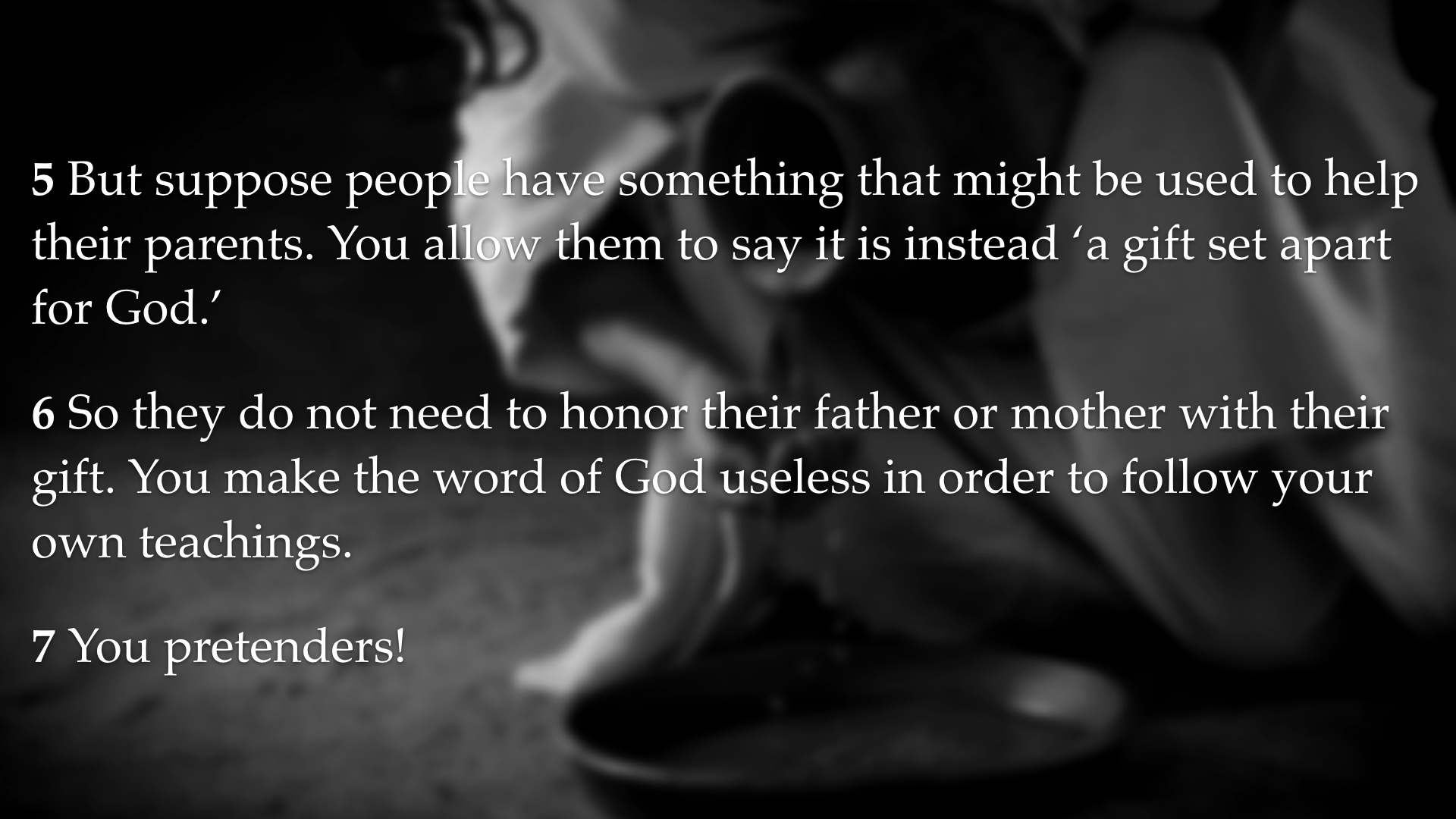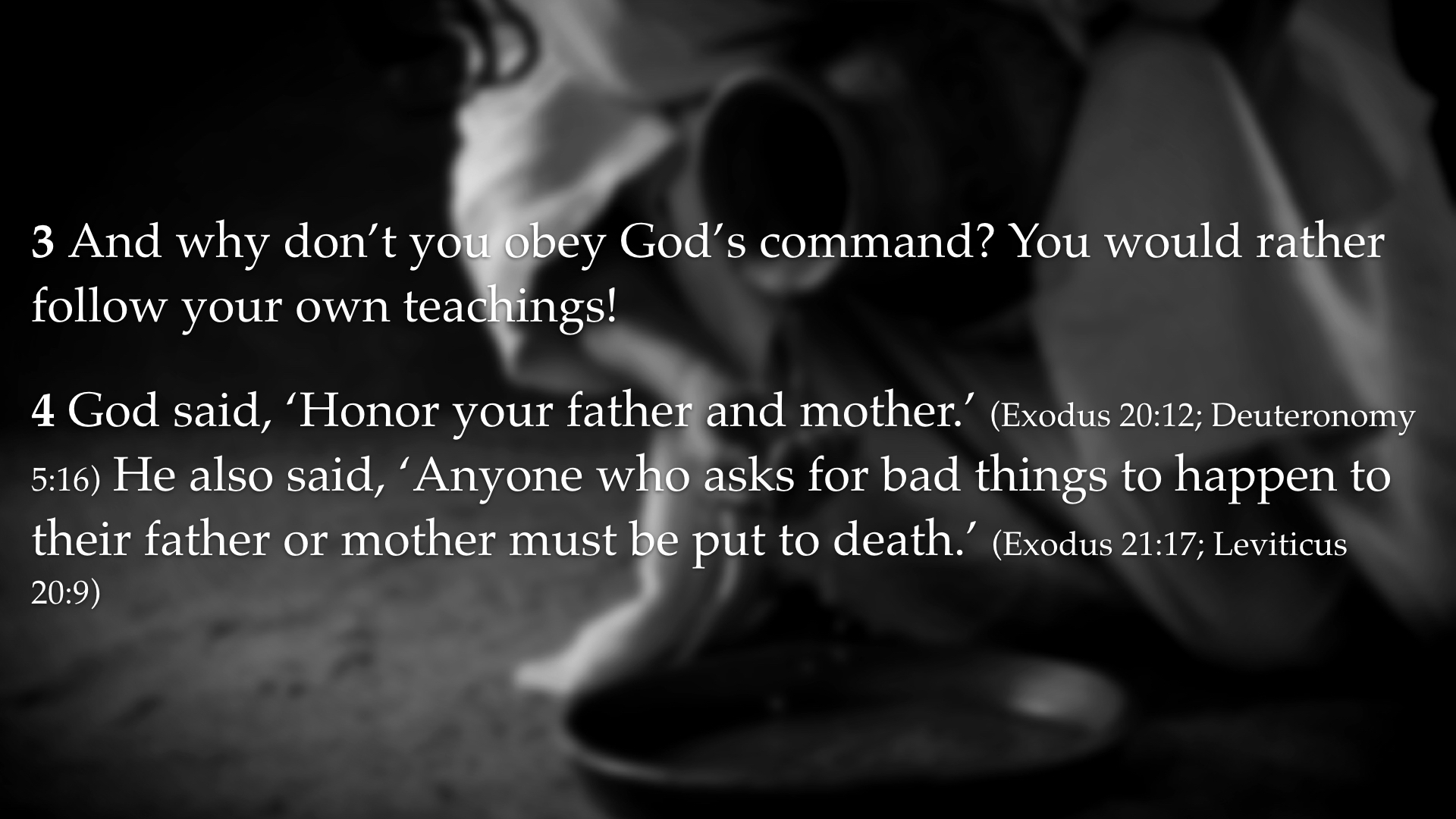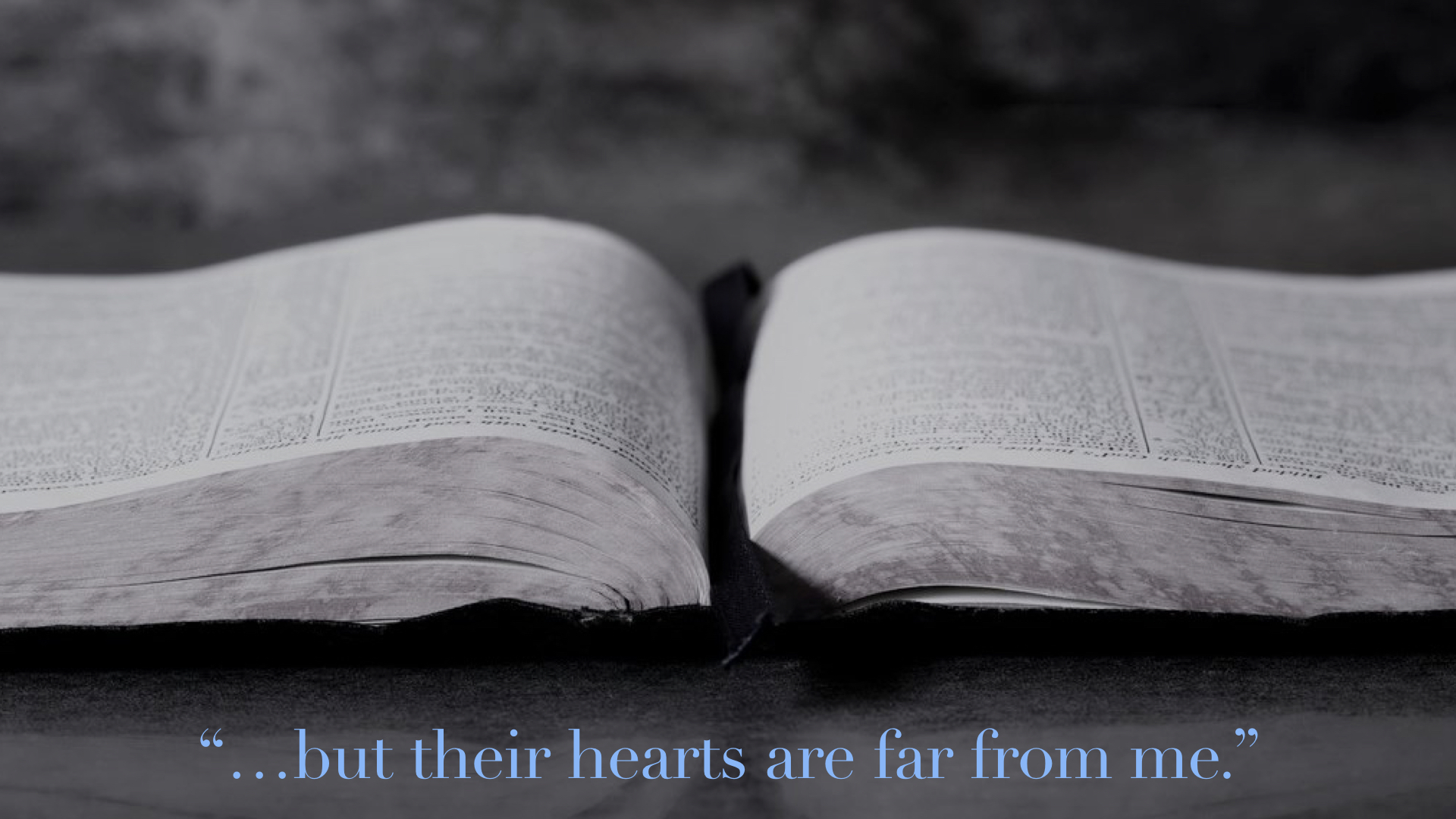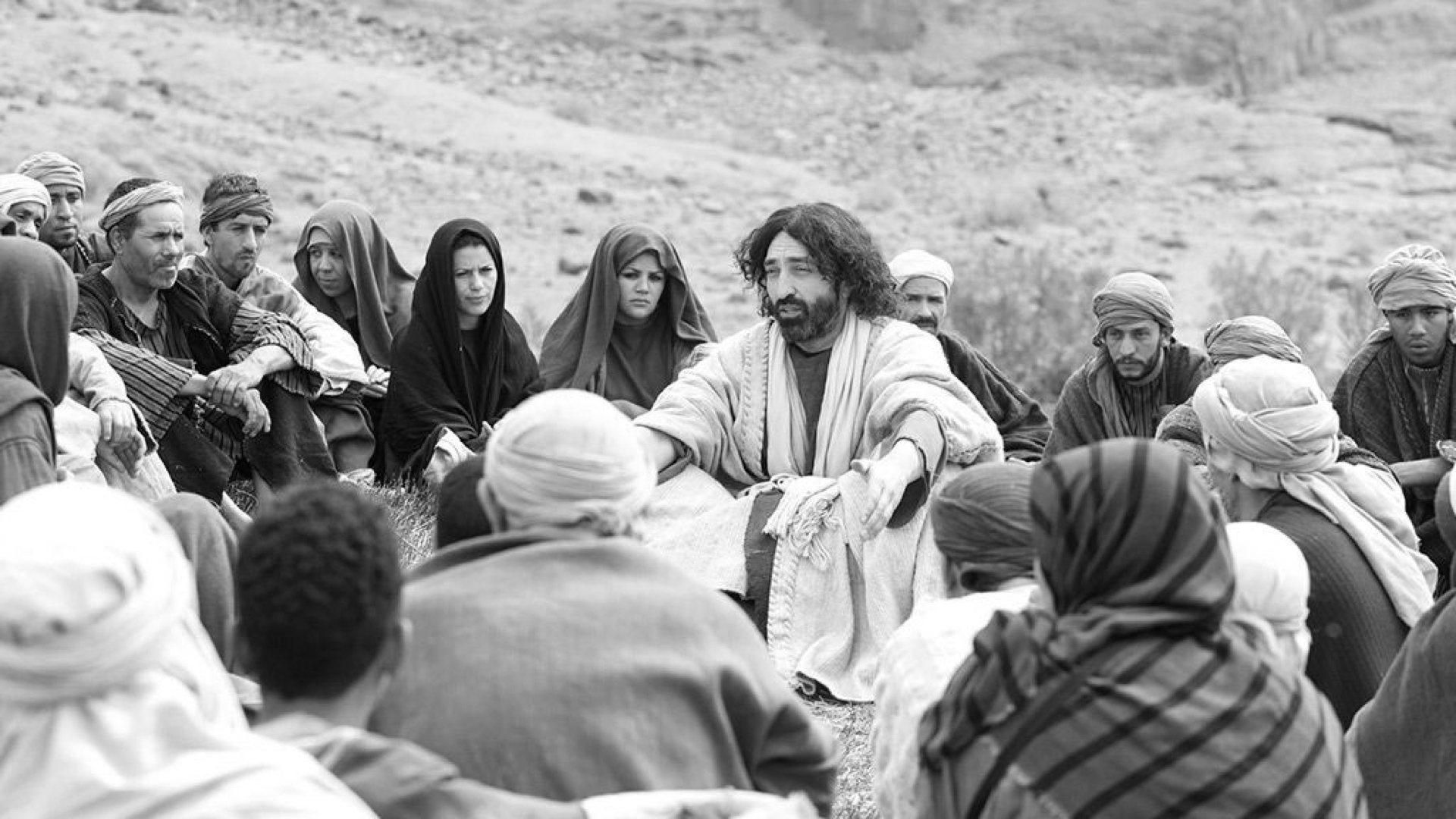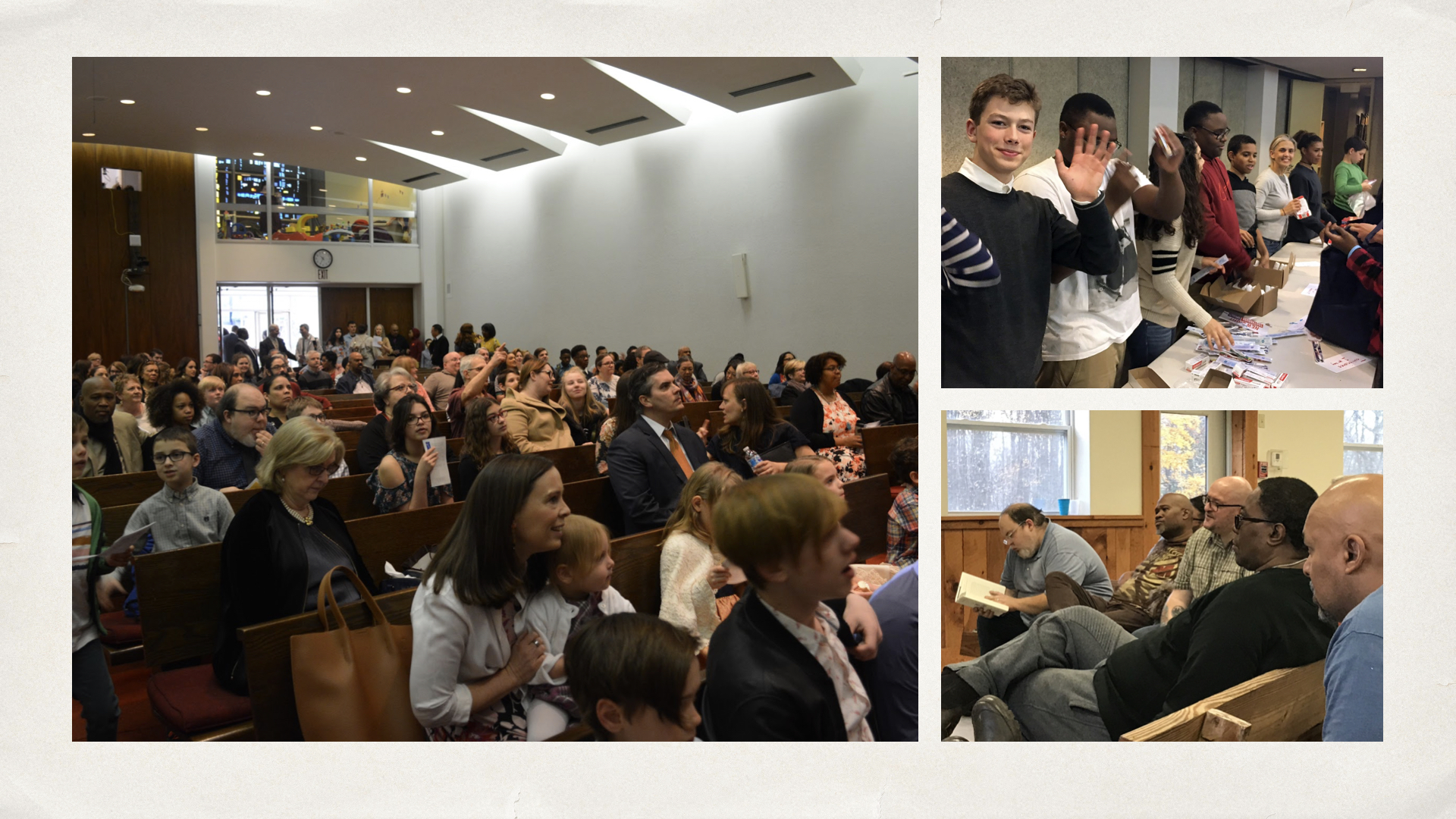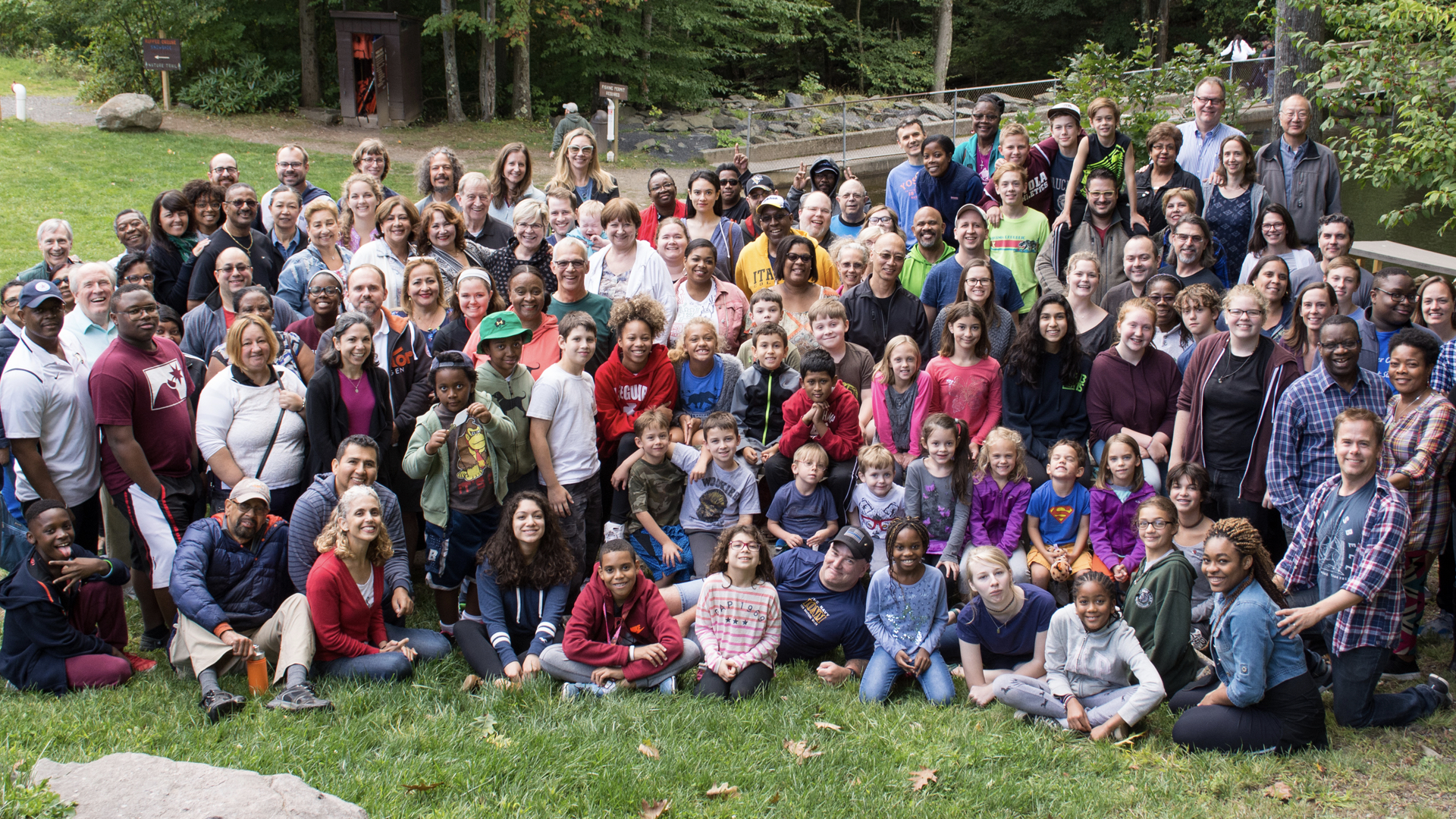In Matthew 15:1-20, Jesus confronts the Pharisees and challenges everyone around him to be people who bring their hearts in line with their words of devotion to God. Jesus wants them to be whole persons. In quoting Isaiah Jesus brings to their minds what hollow honor looks like.
In the ancient world, honor was a matter of public recognition, zero-sum transaction, and heavily bound in the face to face nature of society. If one person has honor it has been taken from someone else. And it is incumbent on the recipient of honor to have that honor recognized publicly.
In our world, we live in a “face to space” culture. That is a culture which values individualism and space. Honor is oriented bestowed upon the individual based on the values of a society built on meritocracy. The more successful the person is, according to the values of the culture, the more honor is bestowed upon them.
In speaking to some of the most religiously observant believers of God, Jesus wants to take them to a place of greater authenticity. He wants to bring their hearts, inline with their words, in the service of serving others. Jesus wants his followers to be people who are shaped by their connection and love for God, rather than formed by their adherence to the religious institutions and instructors of the day.


